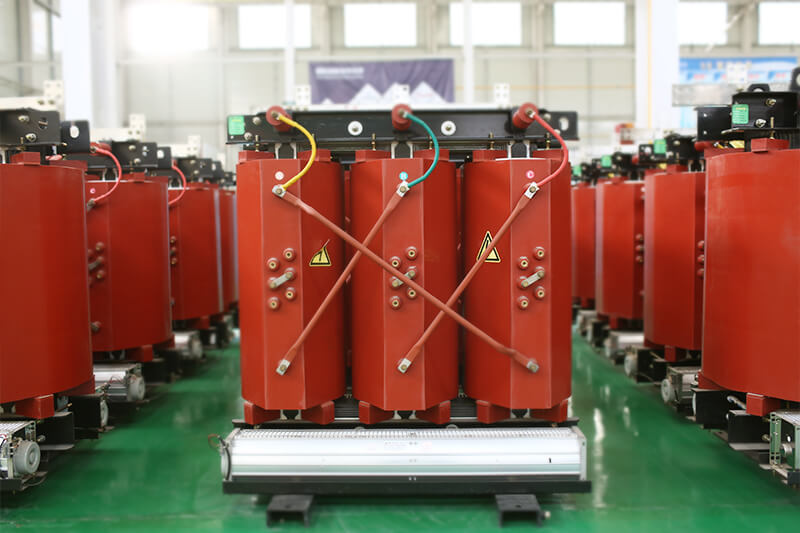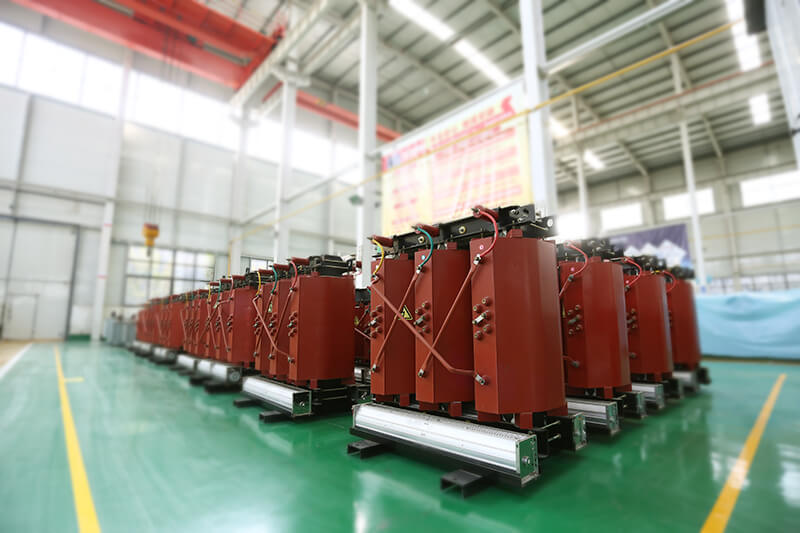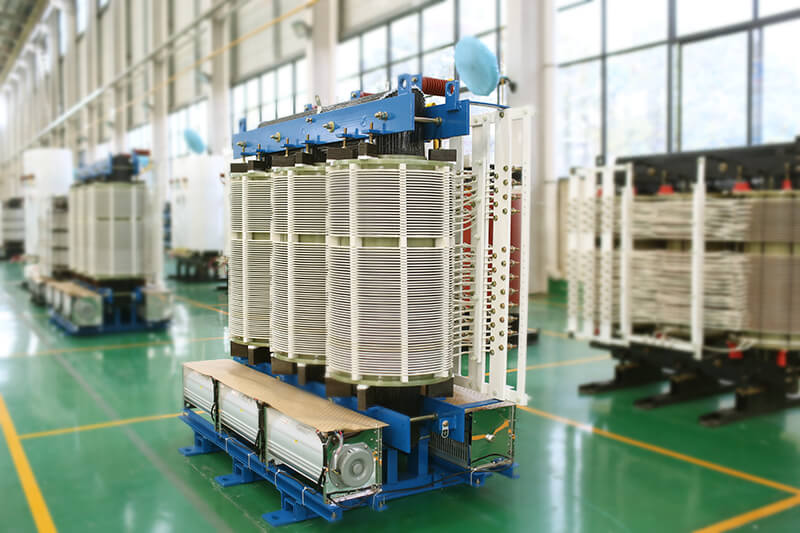Amorphous alloy transformers are new energy-saving transformers made of new magnetically conductive materials (amorphous alloys) for iron cores. Compared with transformers using silicon steel sheets as iron cores, the no-load loss is reduced by more than 70% and the no-load current is reduced by about 80%. It is currently a distribution transformer with ideal energy saving effects. It is particularly suitable for rural power grids and developing regions with low load rates The place. The material used for the winding and clamping device of the amorphous alloy epoxy cast dry-type transformer is basically the same as that of ordinary epoxy cast dry-type transformers, but the core material used is very different. The type used is called an amorphous alloy. New high-tech products.

Amorphous alloy in amorphous alloy transformers is a very thin magnetic material with a thickness of about 0.03mm. It is a certain proportion of the alloy raw materials using ultra-rapid cooling technology, after cooling the pontoon, cast into a band-shaped sheet. Compared with cold rolled silicon steel sheets, amorphous alloy materials have five advantages, but also have five disadvantages. These disadvantages bring many difficulties to the design and manufacture of transformers. Due to the shape of the amorphous alloy strip, the cross section of the core is generally made rectangular, and the winding is also made rectangular. There is a fracture in a yoke, open the fractured set winding, and then close the fracture. The iron core adopts a newly purchased three-phase three-post structure. Due to the advantages of flame retardant, high reliability, maintenance-free, etc. Amorphous alloy transformers have broad development prospects in the power distribution market.

Amorphous alloy transformers are significantly different from traditional dry-type transformers in structure. Due to the special nature of amorphous alloy materials, the loss after external stress will increase by about 60%, and the noise will also increase which will seriously affect performance. Therefore, it is necessary to ensure that the amorphous alloy core is not subject to external stress. Choose the right clamping and assembly structure. The force is considered from two aspects: static force and dynamic force. The static force considers the core’s own weight and the force during assembly. Dynamic force refers to the impact of a sudden short circuit. Because the winding uses a fairly mature epoxy casting and foil-wound winding for ordinary epoxy casting dry-type transformers, it can fully withstand the impact of sudden short circuits. The main consideration is to take measures to make the low-voltage winding self-sustaining and transmit the force to the core as little as possible. Compared to oil-type transformers, dry-type transformers do not require oil in oil, so there are no problems such as fire, explosion, and pollution. Therefore, electrical codes and regulations do not require dry type transformers to be placed in separate rooms. Especially for the new series, the loss and noise have been reduced to a new level. The conditions for placing the transformer and the low-voltage screen in the same distribution room have been created.
